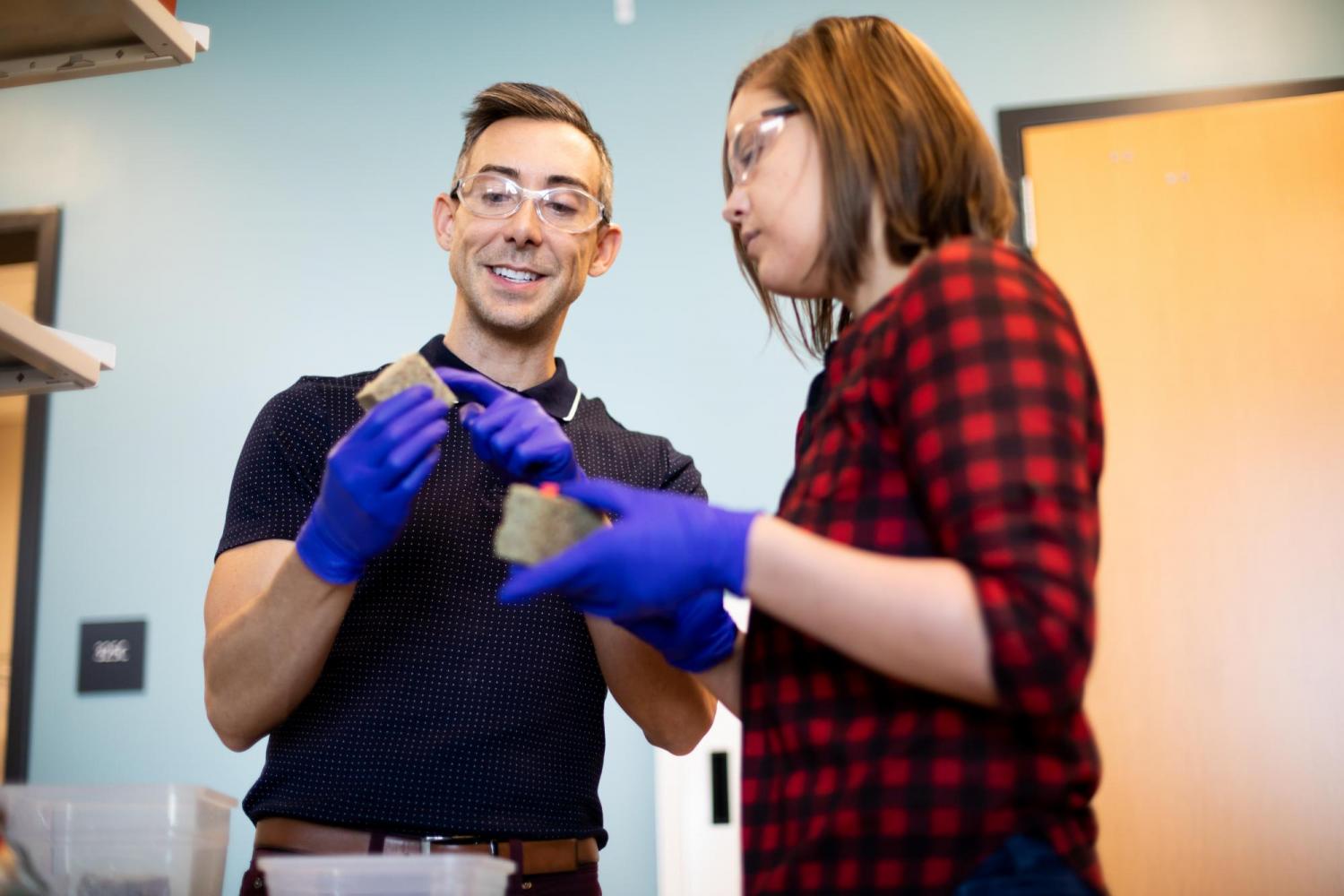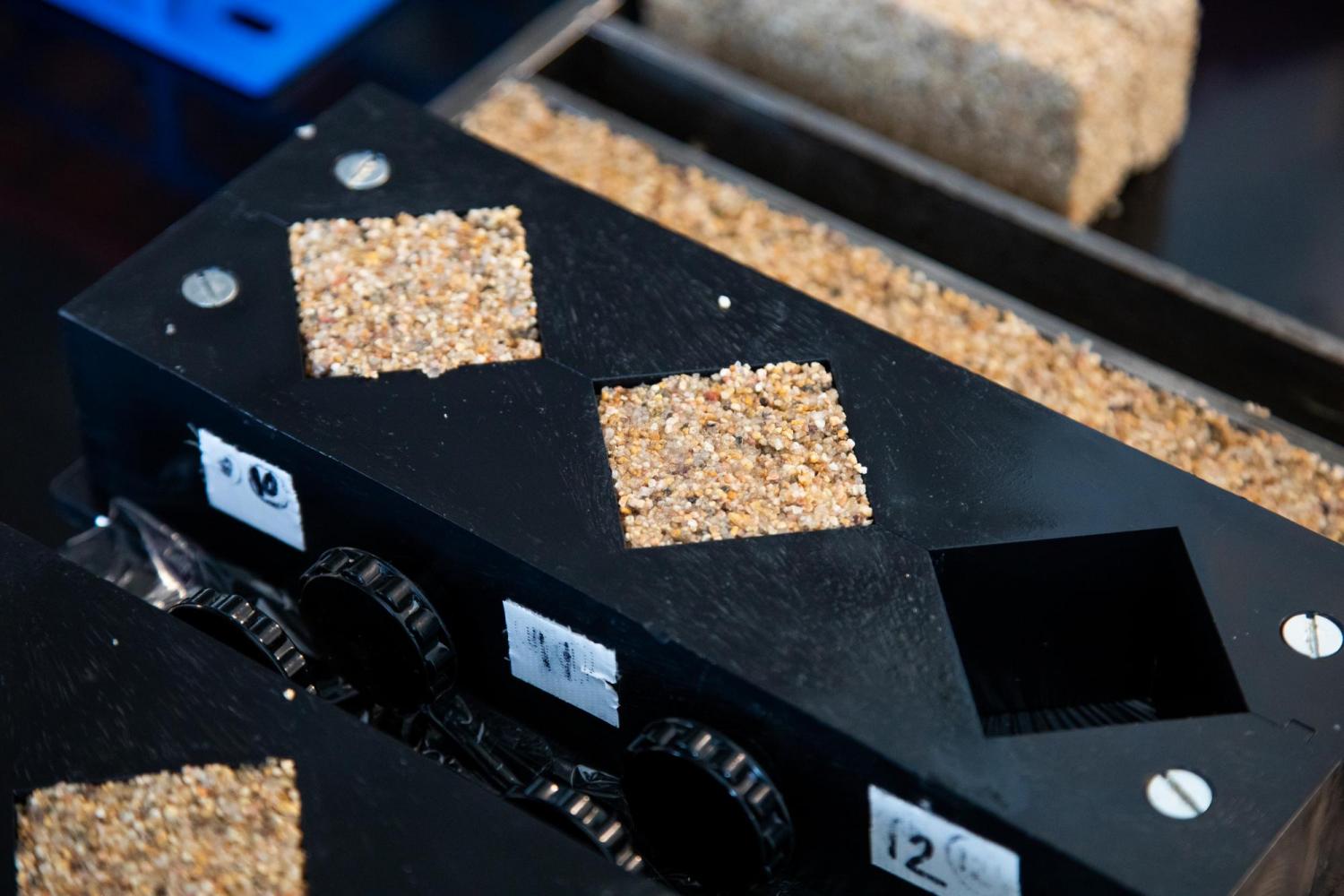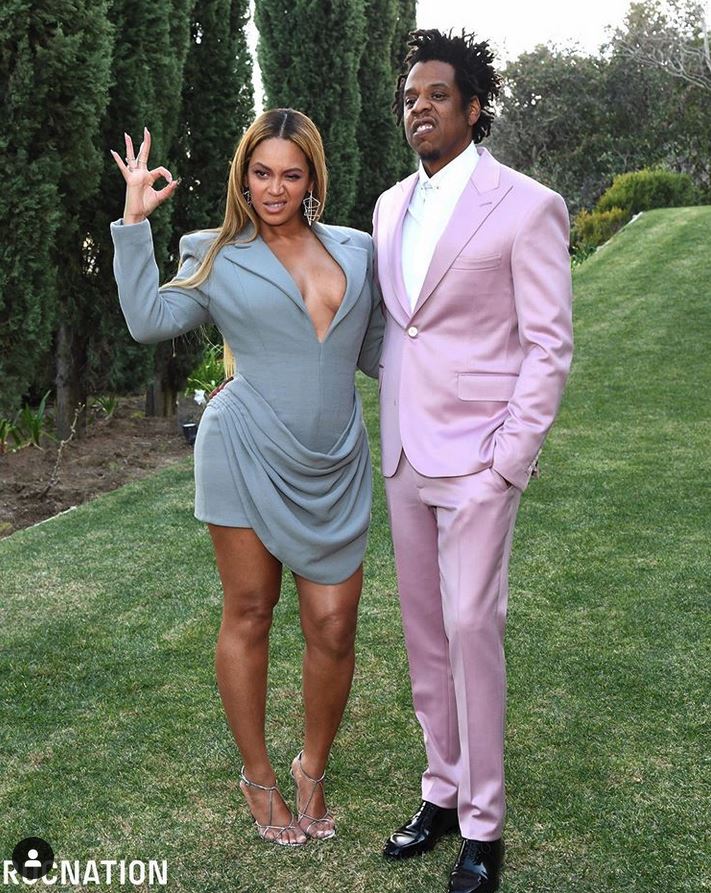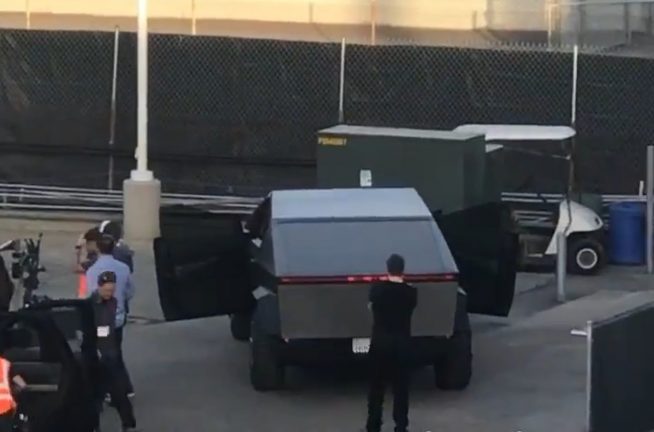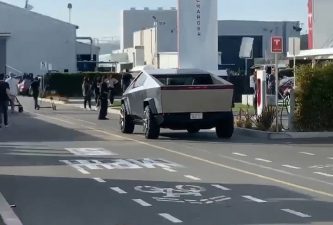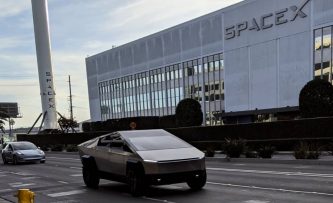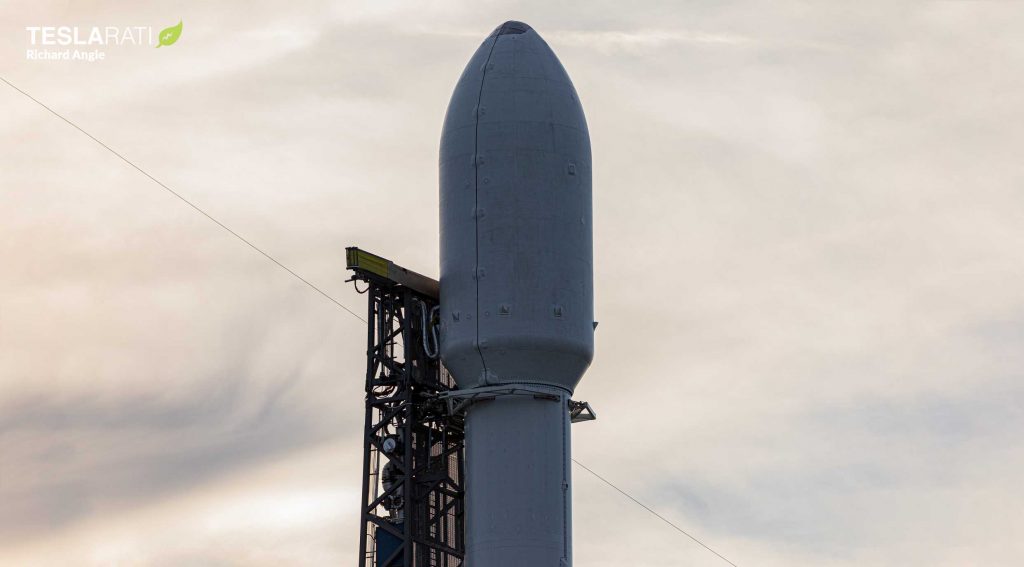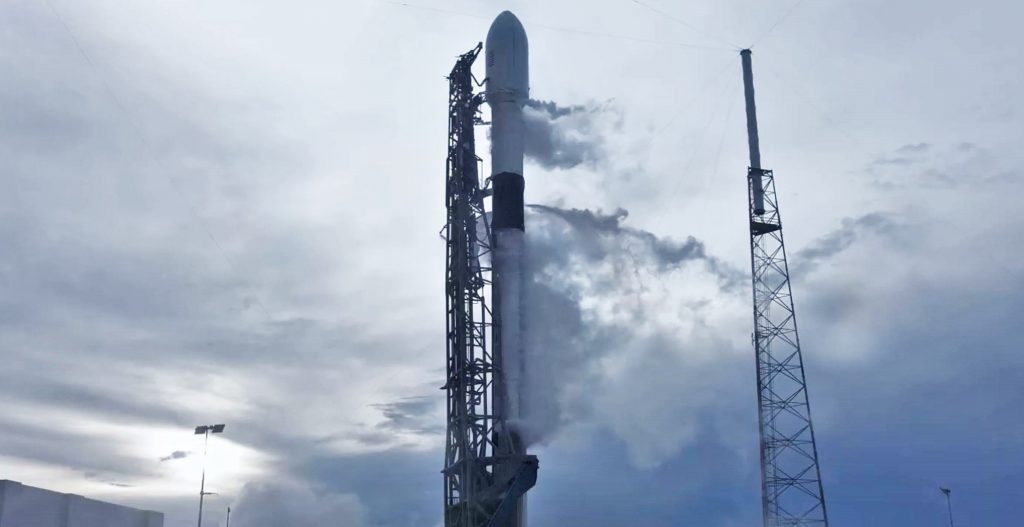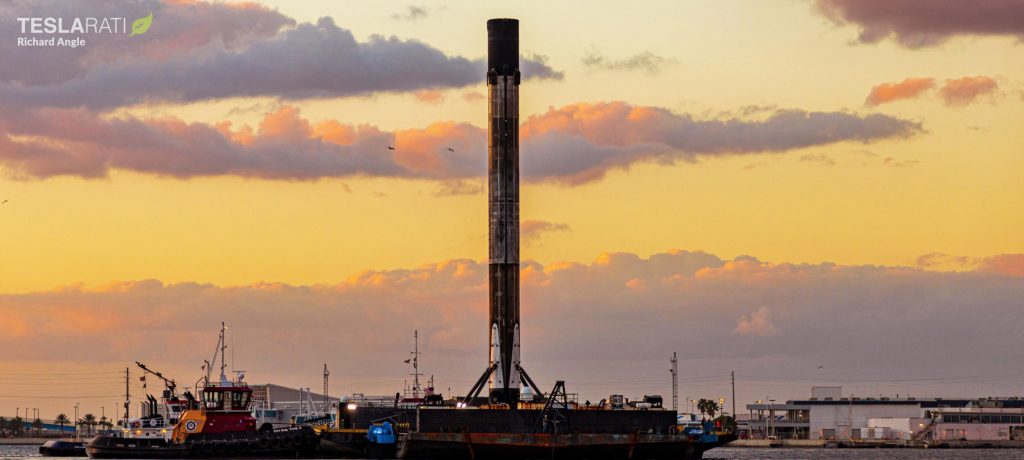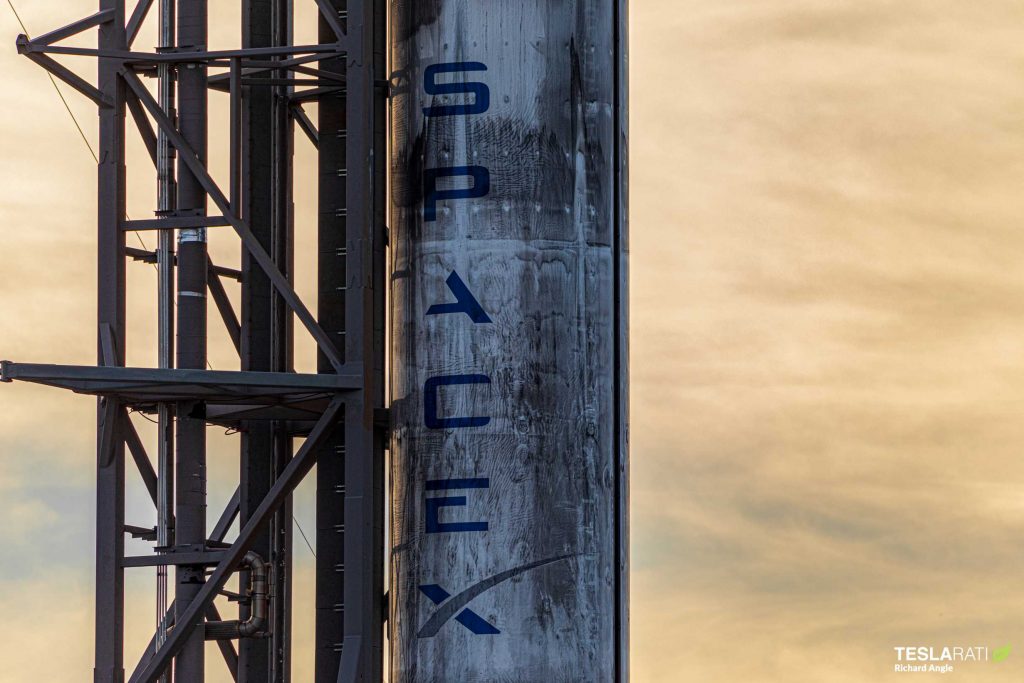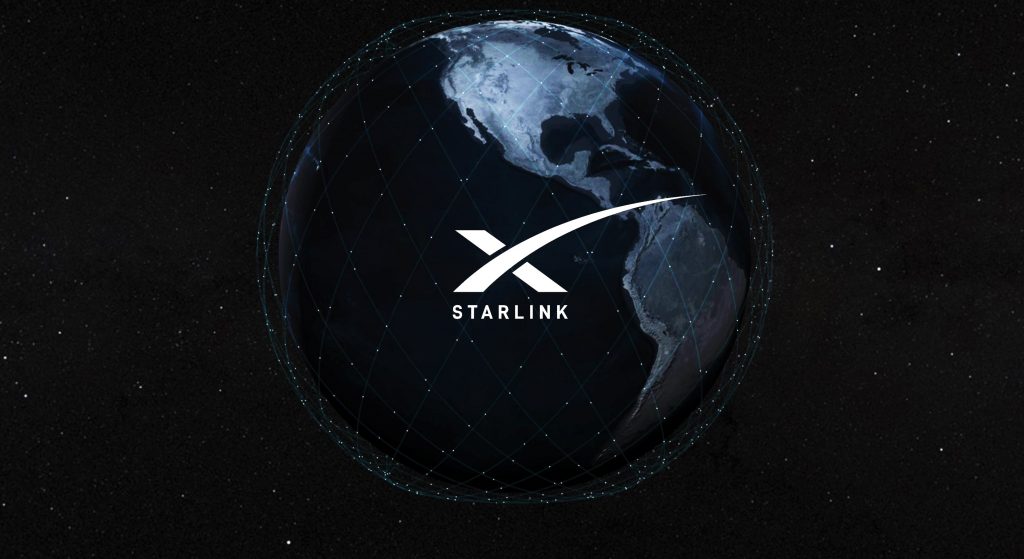The Boring Company’s transport tunnel project in Las Vegas appears to be progressing very well, with recent reports indicating that the startup’s tunnel boring machine (TBM) has drilled 2,900 feet to date. With this progress in mind, Elon Musk’s tunneling company may very well complete the first of the Las Vegas Convention Center’s two transport tunnels by the end of February 2020.
Just over three weeks ago, reports from the Las Vegas Review-Journal indicated that the Boring Company’s TBM has already dug about 1,900 feet of the project’s first 4,300-foot-long tunnel. Today, a report from News 3 Las Vegas revealed that the drilling machine had drilled 2,900 feet. It might not be evident on ground level, but Elon Musk’s tunneling machine is currently working right under Paradise Road.
Aboveground, work in the LVCC complex is also continuing, with the expansion and renovation of the convention center fully underway. Lori Nelson-Kraft, the senior vice president of communications and government affairs for the Las Vegas Convention and Visitors Authority, noted in a statement to the publication that they are pleased with the progress of the work in the complex, aboveground and underground.
“We’ve really been pleased with the progress. Everything’s remained on track timeline-wise,” Nelson-Kraft said.
The Las Vegas Convention Center complex is undergoing a massive expansion and renovation quickly, with the goal of completing some key projects, such as The Boring Company’s Loop system, by the time CES 2021 begins next year. If Elon Musk’s tunneling startup can finish its first tunnel by February, then there is a good chance that the Boring Company can have a working passenger transport system on time for the upcoming high-profile tech event.
Transport tunnels may not be a new concept, but The Boring Company is aiming to introduce a few clever innovations to the digging process. The company’s tunnels are smaller than conventional tunnels, for example, which make them far quicker to complete. The startup is also adopting a system wherein a tunnel’s liners are laid simultaneously as the TBM is drilling. Once the tunnel is complete, workers can then pave the floor, allowing the Teslas intended to be used for the system to provide a smooth ride to passengers.
Steve Hill, CEO of the Las Vegas Convention and Visitors Authority, is optimistic about the Boring Company’s projects in the LVCC complex. If the two transport tunnels are successful, Hill noted that the system might be expanded to reach other areas, including the airport, Allegiant Stadium, and perhaps even some suburbs.
“We would like to connect all of Southern Nevada with the system over time. It’d be a great thing to bring people in-and-out of the resort corridor to work in a more efficient, easier, quicker way. That would also help reduce congestion on the Strip as well as help everybody in the community that works on the Strip,” he said.
H/T Armand Vervaeck

(adsbygoogle = window.adsbygoogle || []).push({});
<!–
–>
var disqus_shortname = «teslarati»;
var disqus_title = «The Boring Company's first Las Vegas tunnel is poised for February completion»;
var disqus_url = «https://www.teslarati.com/the-boring-company-first-las-vegas-tnnnel-completion-date/»;
var disqus_identifier = «teslarati-128312»;

